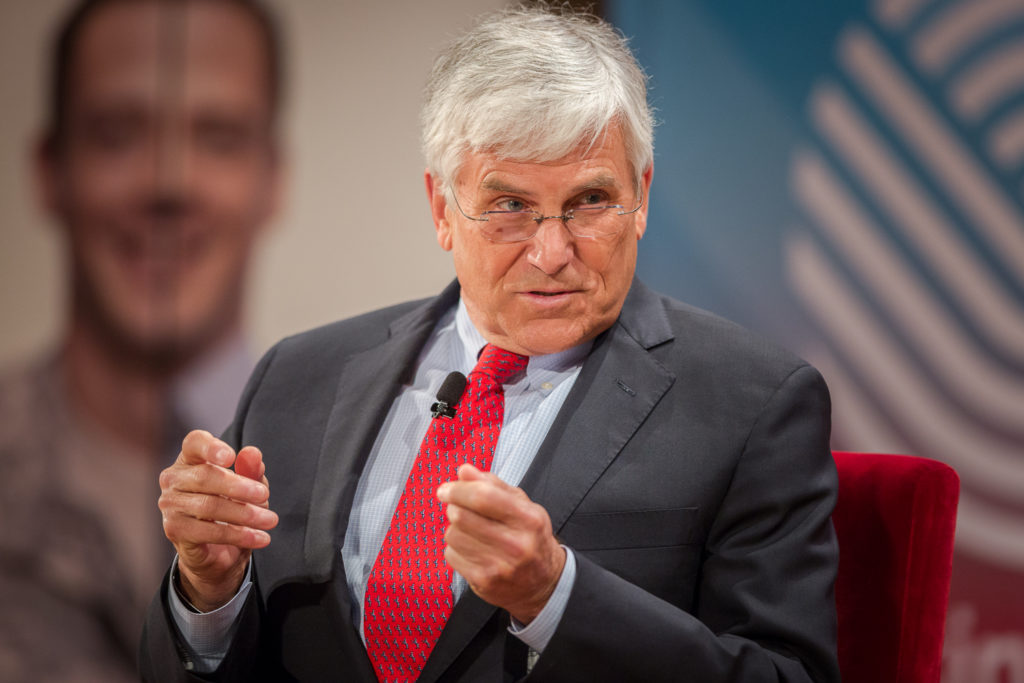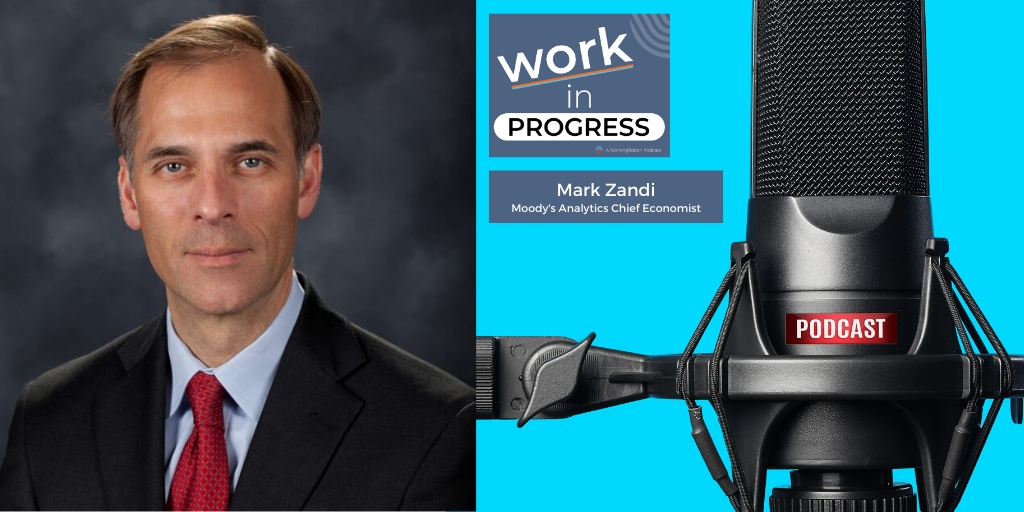Is the U.S. job market humming along in high gear?
There’s no clear answer in October’s mixed employment numbers. The economy added 261,000 jobs last month, according to the Bureau of Labor Statistics report released today, not quite the bounce-back from September’s hurricane-impacted numbers economists were looking for. And while the headline-grabbing unemployment rate fell to 4.1%, the reason has some economists worried.
RELATED STORY: September jobs numbers down following hurricanes
First the gains. 89,000 new food service and bar workers were added to the payrolls in October, almost offsetting the 98,000 jobs lost in September when Hurricanes Harvey and Irma shut down businesses in the South. Professional and business services added 50,000 workers last month, which is in line with the average monthly gains over the past year.

Manufacturing added 24,000 jobs, well above the 14,000-a-month average we’ve seen since the sector hit a recent employment low in November 2016. Healthcare jobs were up 22,000 in October. So far, in 2017, healthcare has averaged gains of 24,000 jobs, compared with an average gain of 32,000 per month in 2016.
The unemployment rate, at 4.1%, was the lowest since December 2000. But average hourly earnings were flat, and the year-over-year pace reflects the return to the workforce of low-wage workers.
The October report also shows that labor force participation was significantly lower for teens and women, a number that has economist Diane Swonk of DS Economics in Chicago concerned about the overall health of the job market.
Unemployment rate edged down to 4.1% but wrong reason: Labor force participation fell fairly significantly among teens & women of all ages.
— Diane Swonk (@DianeSwonk) November 3, 2017
“This is a critical issue,” says Swonk, “as participation in the labor force among prime-age workers needs to rise if we hope to offset the drag associated with the aging of baby boomers and the curbs to both legal and illegal immigration.”

Keeping America’s Promise
As we approach Veterans Day, it’s a good time to look at how America is doing when it comes to employing the men and women who have served in the military. There is good news in the October number. The overall unemployment rate for vets ticked down to 2.7% in October, a 16-year low.
Again, this is good news. But, as we learned at our recent “Keeping America’s Promise” Town Hall in Dallas, there are underlying problems that we need to address when it comes to making sure that veterans have meaningful jobs after they leave the service. Underemployment is a key issue.

Gen. George Casey (Ret.), the former U.S. Army Chief of Staff spoke on the issue at the WorkingNation Town Hall. He said that 300,000 vets are underemployed and both veterans and hiring managers have to do their part to address the problem.
RELATED STORY: August jobs report: Labor market fizzles as veterans sit underemployed
Gen. Casey said that military men and women come from a job in the service that gives them a huge sense of worth, rebuilding another country, for example. He told us that when the veteran moves into the civilian workforce “they need jobs that give them a sense of purpose and pride.”
He urged hiring managers to take the time to understand that a veteran can bring a lot to a business, especially when it comes to “soft skills” like communication and leadership. When you ask CEOs what they want in an employee, according to Gen. Casey, it sounds a lot like the men and women who have served in the military.
Gen. Casey’s advice to veterans? Take advantage of the G.I. Bill and get a degree. #workingnation pic.twitter.com/CQE1IcFjOa
— workingnation (@workingnation) October 25, 2017
“We want good work ethic. We want strong values. We want the ability to solve problems. We want the ability to work as a member of a team,” said Gen. Casey. He also called on veterans to value those skills they learned in the military: “You’ve already got the skills that business leaders are looking for. Don’t sell yourself short.”
Join the Conversation: What are your thoughts on the latest BLS numbers? Have your say on our Facebook page.











